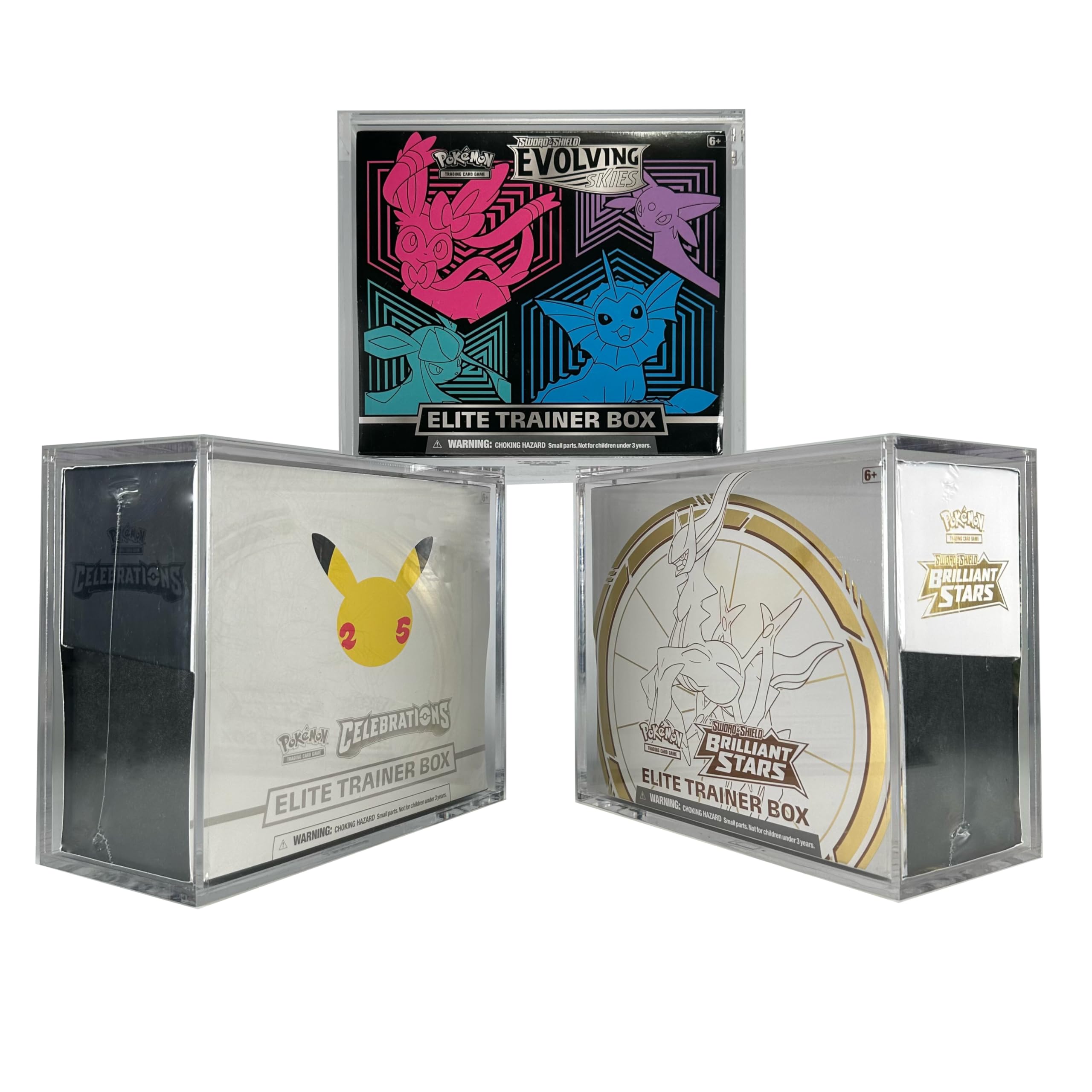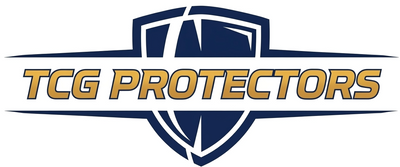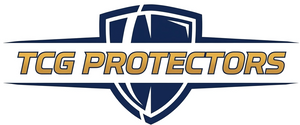You've pulled a chase card, carefully pre-graded it, and you're confident it's a contender for a high grade. Now what? The final step in the journey is submitting it to a professional grading company like PSA. While the process might seem intimidating at first, it's a straightforward system that any collector can master.
This guide will walk you through the different ways you can submit your cards, from doing it yourself directly through PSA's website to using a trusted third party.
Option 1: The DIY Method - How to Submit Pokémon Cards to PSA Directly

Submitting directly is the most common method and gives you full control over the entire process. Here’s how to do it, step-by-step.
Step 1: Prepare Your Pokémon Cards for PSA Submission
Before you even start the online form, proper preparation is key to protecting your cards and ensuring a smooth process.
-
Final Inspection: Give your cards one last look for any flaws you might have missed. A gentle wipe with a microfiber cloth can remove any dust or fingerprints.
-
Sleeve and Holder: Place each card in a new, clear penny sleeve. Then, slide the sleeved card into a semi-rigid card holder, often called a "Card Saver." PSA specifically requests these over rigid toploaders because they are easier for graders to handle safely.
Step 2: Complete the PSA Online Submission Form
This is where you'll enter all the details for your order.
-
Start the Submission: Go to the PSA homepage and click "Start Submission". You'll need to create a free account if you don't have one.
-
Select Item Type: Choose "Regular or Small-Sized Cards" for standard Pokémon cards.
-
Choose Service Level & Declare Value: This is the most important strategic decision you'll make. PSA's service levels are based on the declared value of the card after it has been graded. You'll need to research recent sales of your card at your target grade to make an accurate estimate. For example, if you believe your card is a PSA 10 contender and recent sales are around $450, you would choose a service tier like "Value" or "Value Plus," which has a maximum insured value of $500.
The Service Level Balancing Act
Choosing the right service level is a balancing act between cost and risk.
-
The Optimist's Gamble (Submitting at a High Value): If you're confident your card will get a 10, you can submit it at a higher service level that matches its potential PSA 10 value.
-
Pro: Your card is fully insured for its maximum potential value while at PSA and during return shipping.
-
Con: If the card falls short and gets a lower grade (e.g., a PSA 8), its actual value might be much lower than the tier you paid for. In this case, you have effectively overpaid for the grading service.
-
-
The Conservative's Hedge (Submitting at a Low Value): You might be tempted to choose the cheapest service level to save money, even if you hope for a high grade.
-
Pro: You pay less upfront.
-
Con: You are taking a significant risk. The declared value is also the insured value. If your card gets a PSA 10 but you only declared it at a PSA 8 value, it will be underinsured if lost or damaged. Furthermore, if PSA determines your card's final grade makes it more valuable than the tier you chose, they will charge you an "upcharge" to move it to the correct, more expensive tier before they send it back.
-
Ultimately, the best strategy is to be realistic. Pre-grade your card honestly and choose the service level that best reflects its most likely final grade and value.
-
Enter Card Details: For each card, you'll need to enter its details, such as the year, set name, Pokémon name, and card number. PSA's database will often auto-populate the information as you type.
Step 3: Package Your Cards Securely for PSA Shipping
Proper packaging is essential to prevent damage during transit.
-
Stack and Secure: Arrange your cards in the exact order they appear on your printed submission form. Place the stack between two pieces of sturdy cardboard and secure them with rubber bands. The bands should be snug enough to prevent shifting but not so tight that they bend the cards.
-
Box It Up: Wrap the cardboard-secured stack in bubble wrap and place it in a new, sturdy shipping box. Fill any empty space with more packing material to ensure nothing moves around.
-
Include Paperwork: Print out your submission forms. Place the signed copy inside the box with your cards.
-
Seal and Ship: Tape the box securely and attach your shipping label. You can then ship it to the appropriate PSA address, which will be provided on your submission form. Once PSA receives your order, you can track its progress through every step on your PSA account page.
Option 2: Using a Middleman Service for PSA Submission

If the direct submission process feels too daunting, or if you only have a few cards to send, using a middleman service can be a great alternative.
How Middleman PSA Submission Works
A middleman service, often run by a Local Card Shop (LCS) or a trusted online entity, collects submissions from many different collectors and sends them to PSA as one large bulk order. This allows individual collectors to access cheaper bulk submission rates without needing a PSA Collectors Club membership or a large number of cards.
The Pros:
-
Convenience: The process is often as simple as dropping your cards off at a store. The middleman handles all the paperwork, packaging, and shipping.
-
Cost-Effective for Small Orders: You can benefit from bulk pricing even if you're only submitting one or two cards.
The Risks:
-
Trust: You are placing your valuable cards in the hands of a third party. It's crucial to use a highly reputable and trusted service. An unscrupulous middleman could potentially swap a high-grade card for a lower-grade one, though this is rare with established businesses.
-
Delays: The middleman often has to wait until they've collected a minimum number of cards before they can ship their bulk order to PSA. This means your cards could be sitting at the shop for weeks before they even begin their journey to the grading facility.
-
Communication: If there's an issue with your order, communication has to go from PSA to the middleman, and then from the middleman to you, creating a potential point of failure.
GameStop's PSA Submission Service For Trading Cards

GameStop has also entered the grading world, offering a convenient drop-off service. The process is simple: you bring your cards to a participating store, they help you with the submission, and the cards are returned to the store for pickup. While many have reported a seamless and easy experience, others have noted long wait times and communication gaps where the order status doesn't update for weeks. As with any middleman, you are adding another layer of handling and potential risk.
Conclusion: Choose the Path That's Right for You
Submitting your cards to PSA is the final step in preserving your collection's best pieces. For collectors who want full control and direct communication, submitting directly is the best option. For those who value convenience and are submitting a small number of cards, a trusted local card shop or other middleman service can be an excellent choice.
Whichever path you choose, the feeling of seeing your favorite cards returned in a pristine, professionally graded slab is one of the most rewarding experiences in the hobby.














Leave a comment